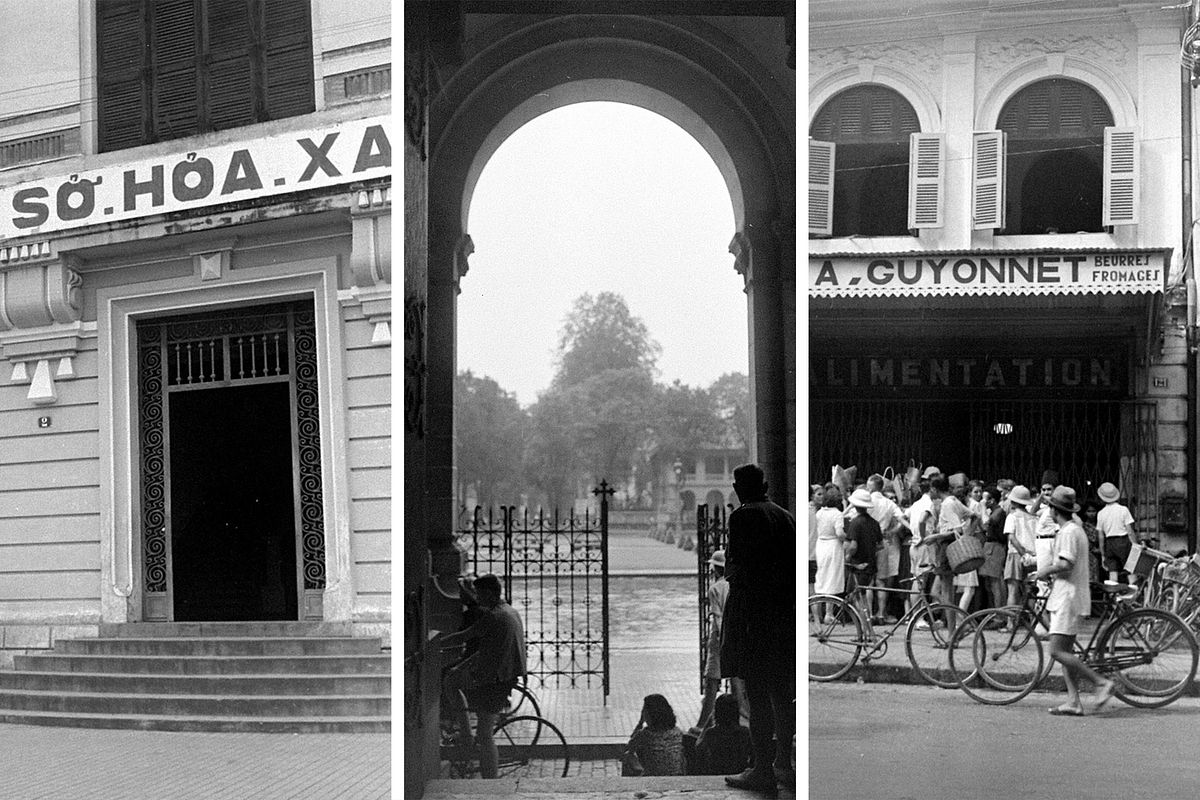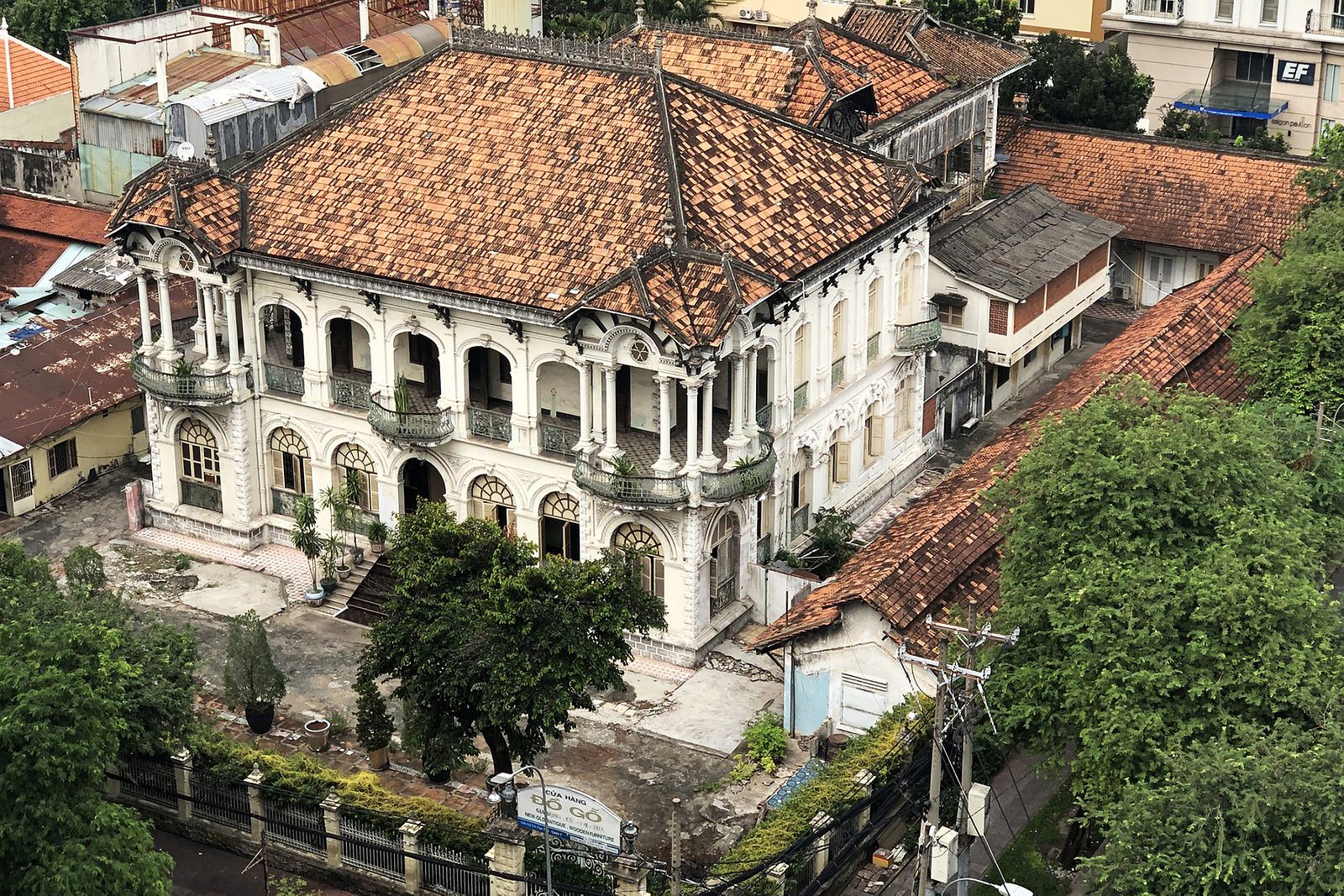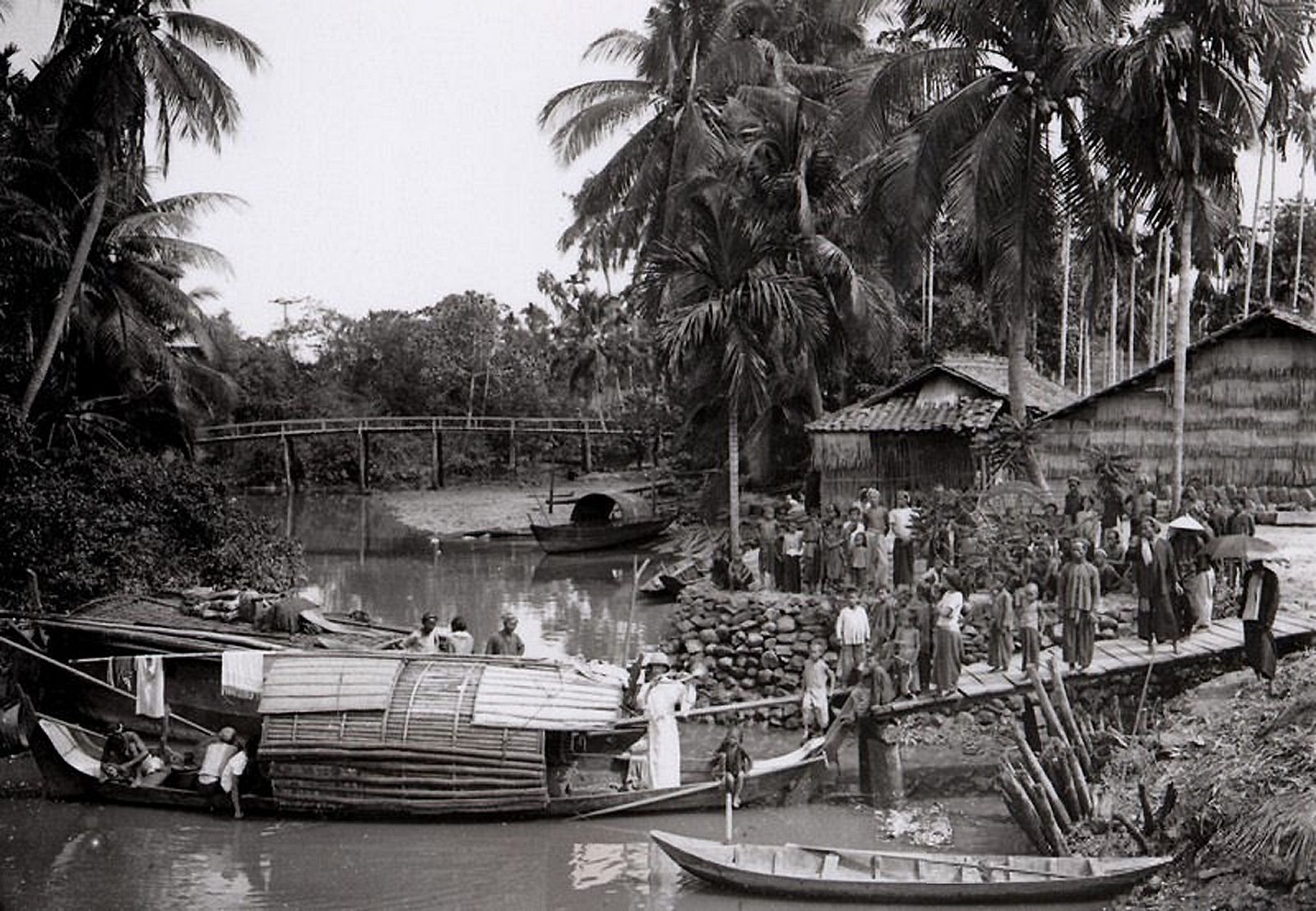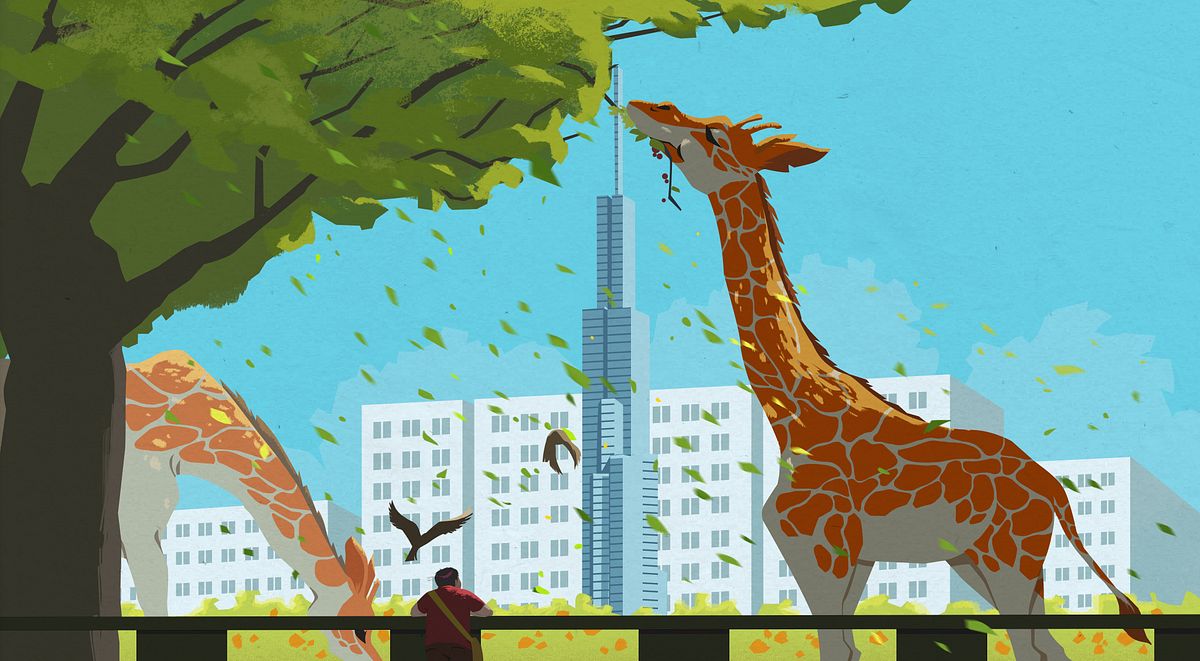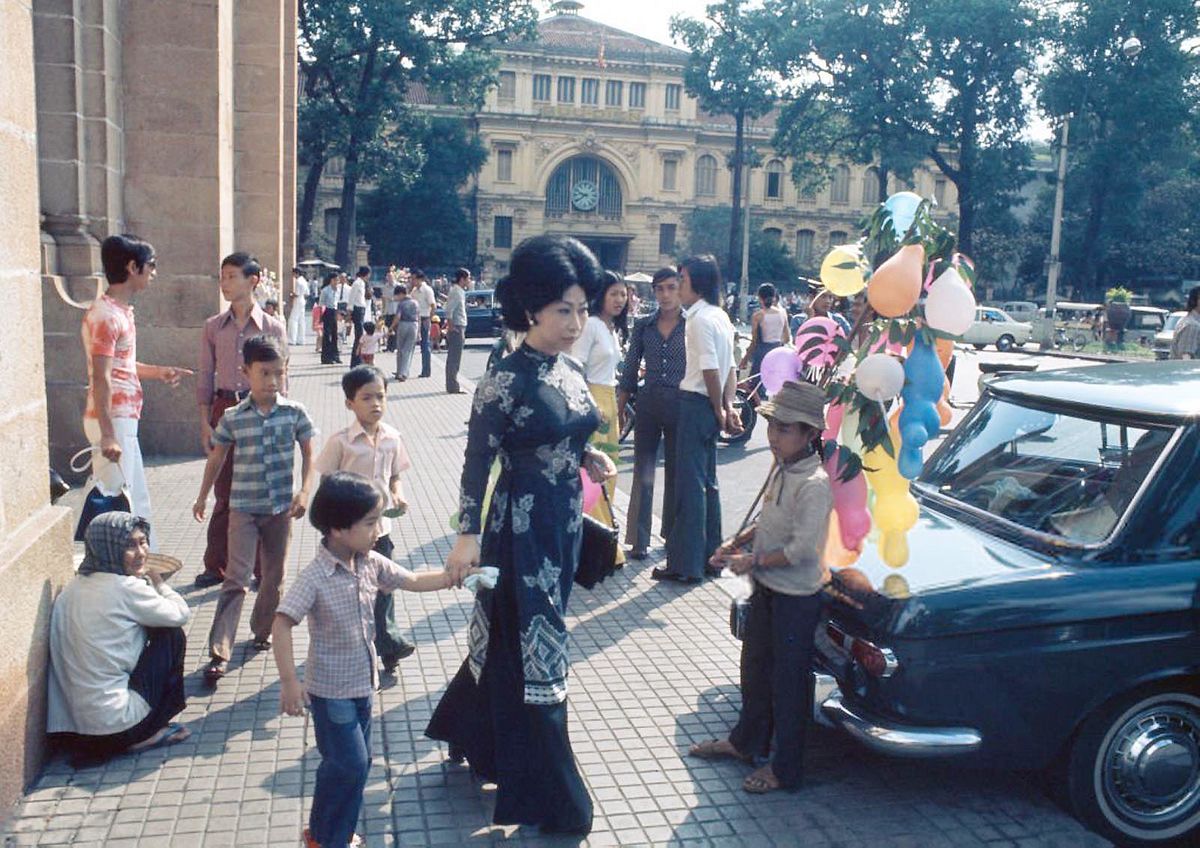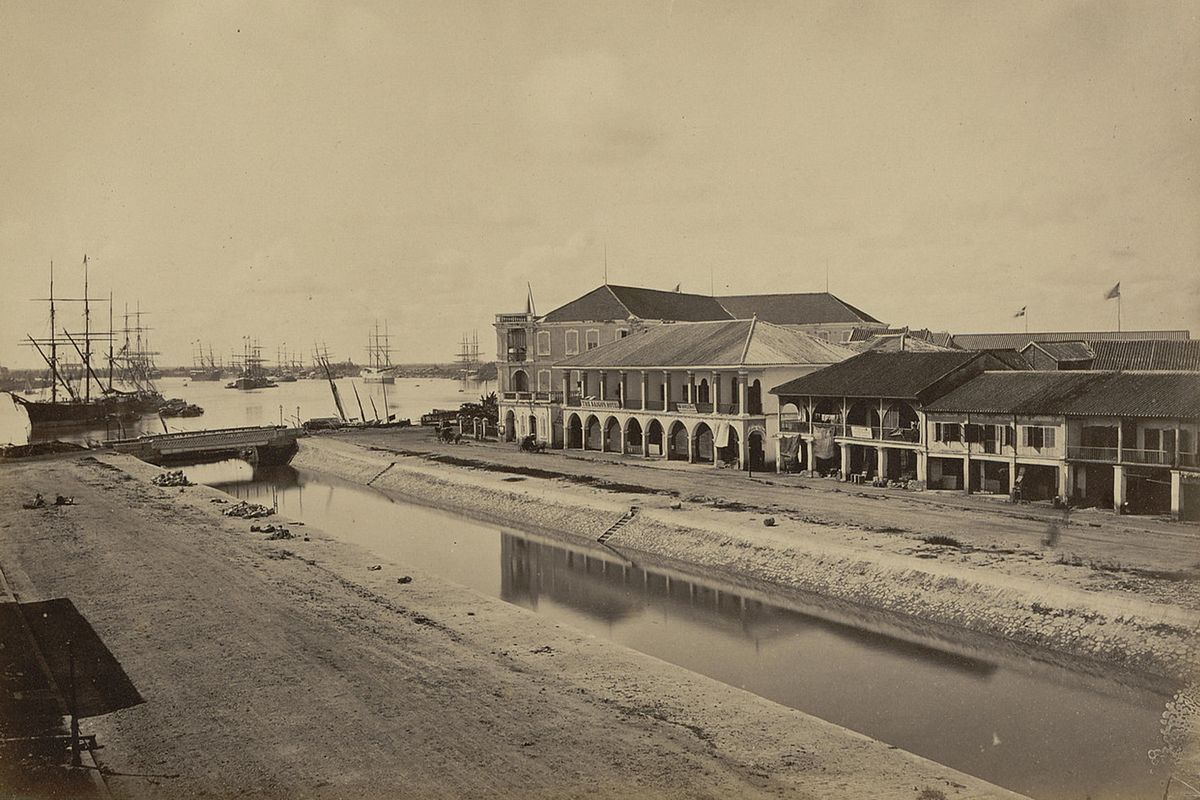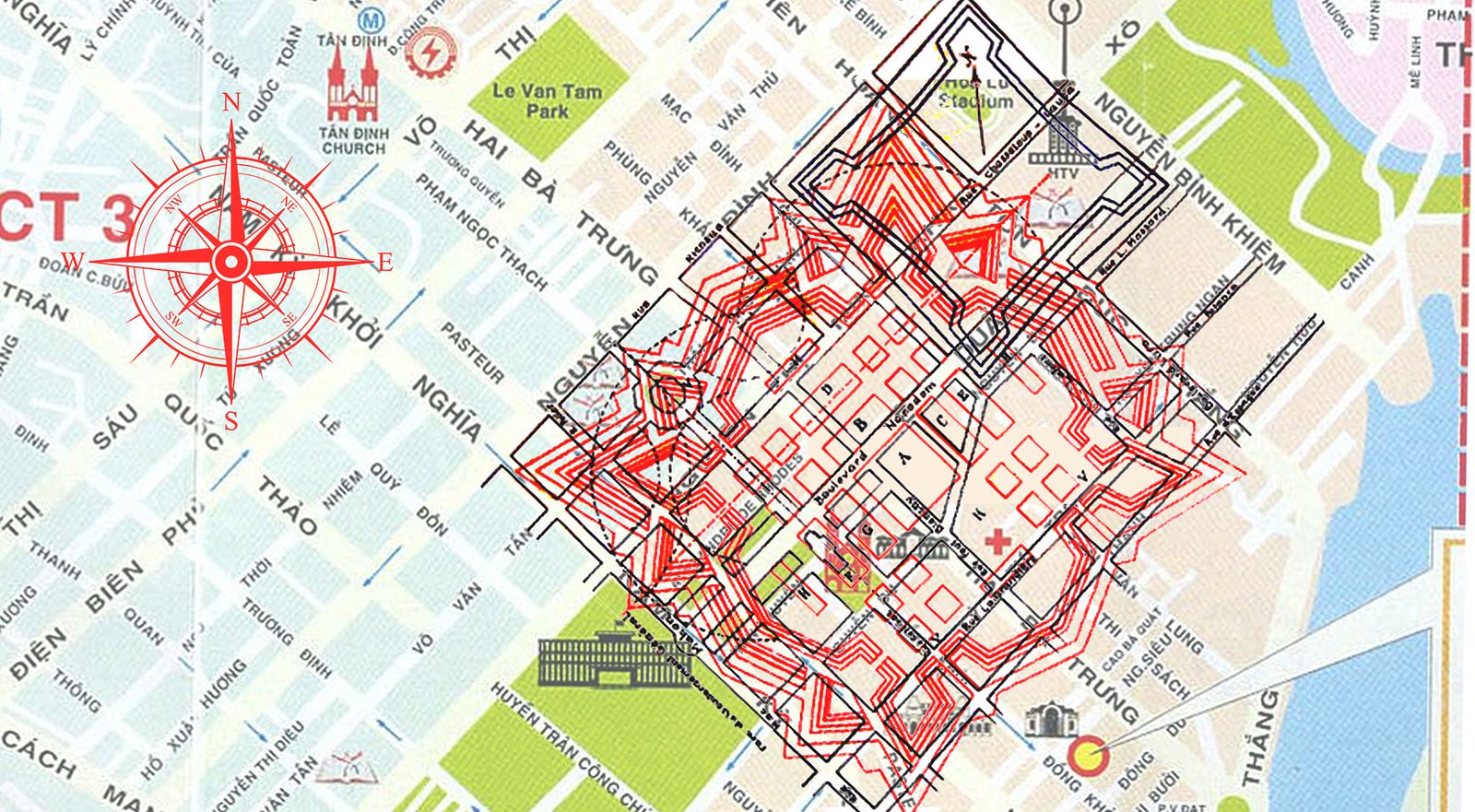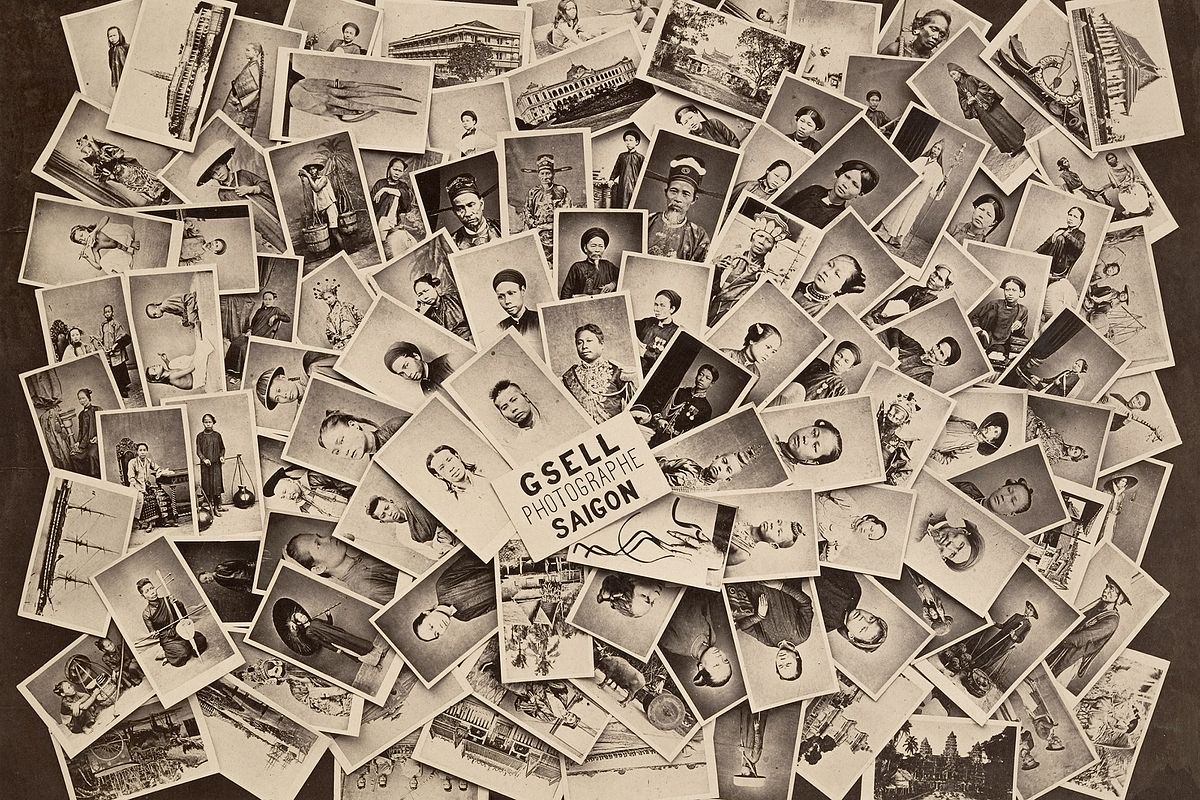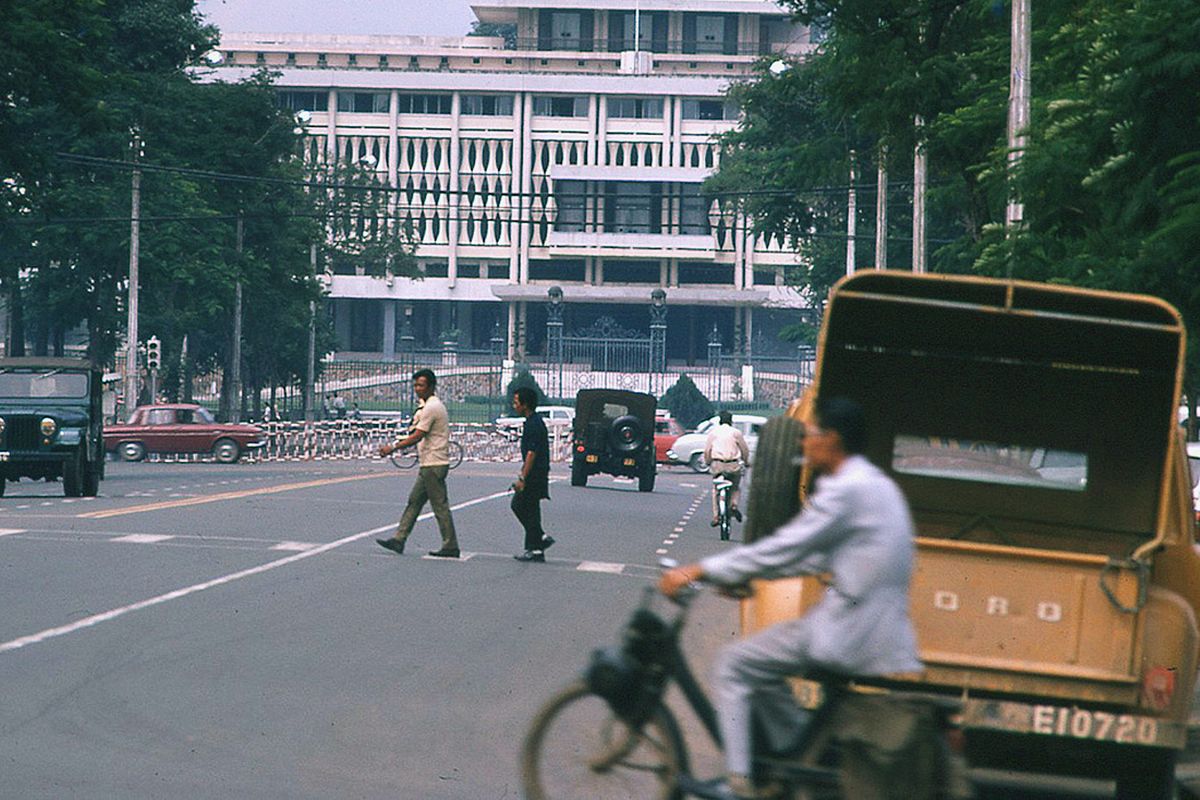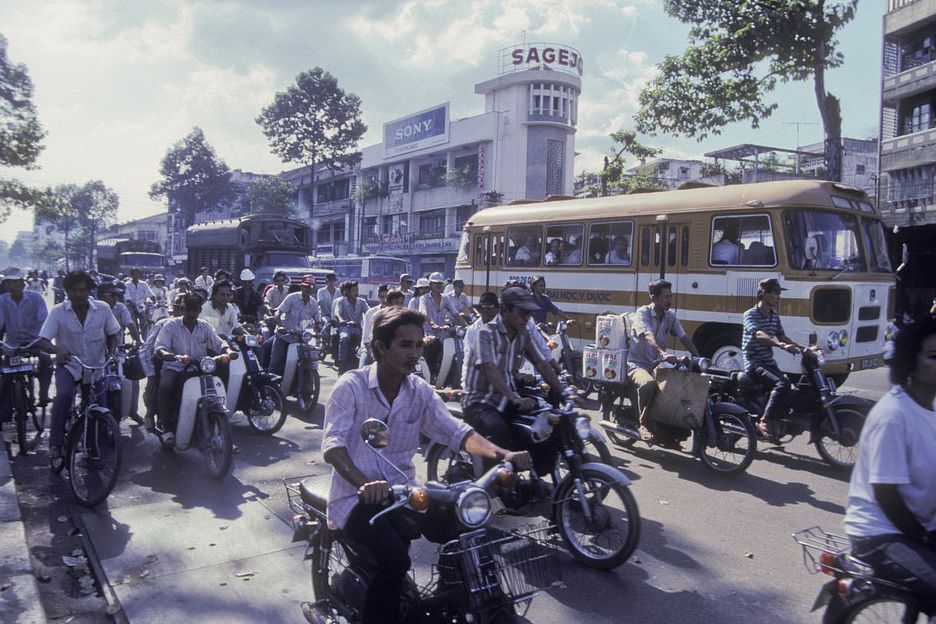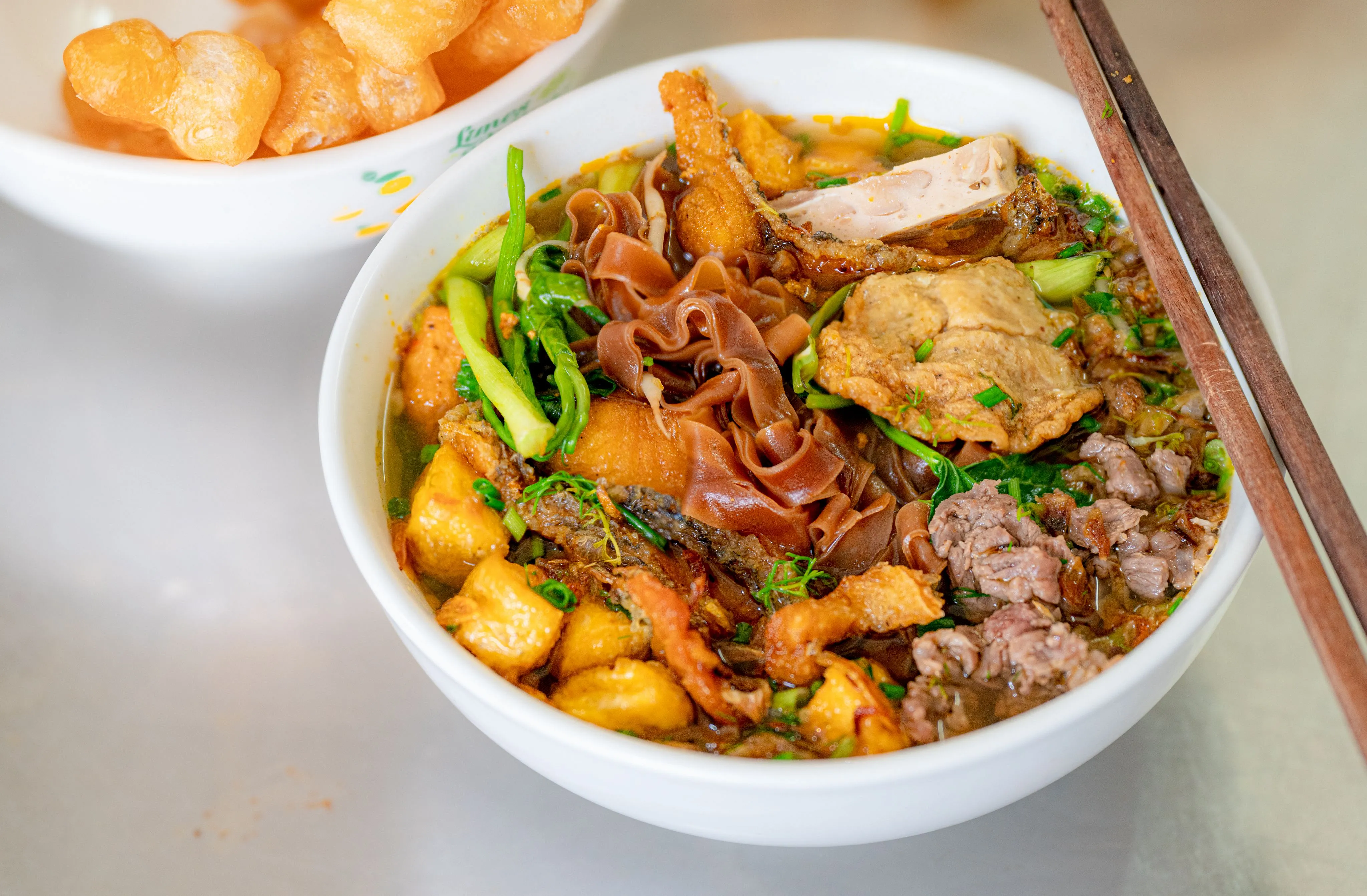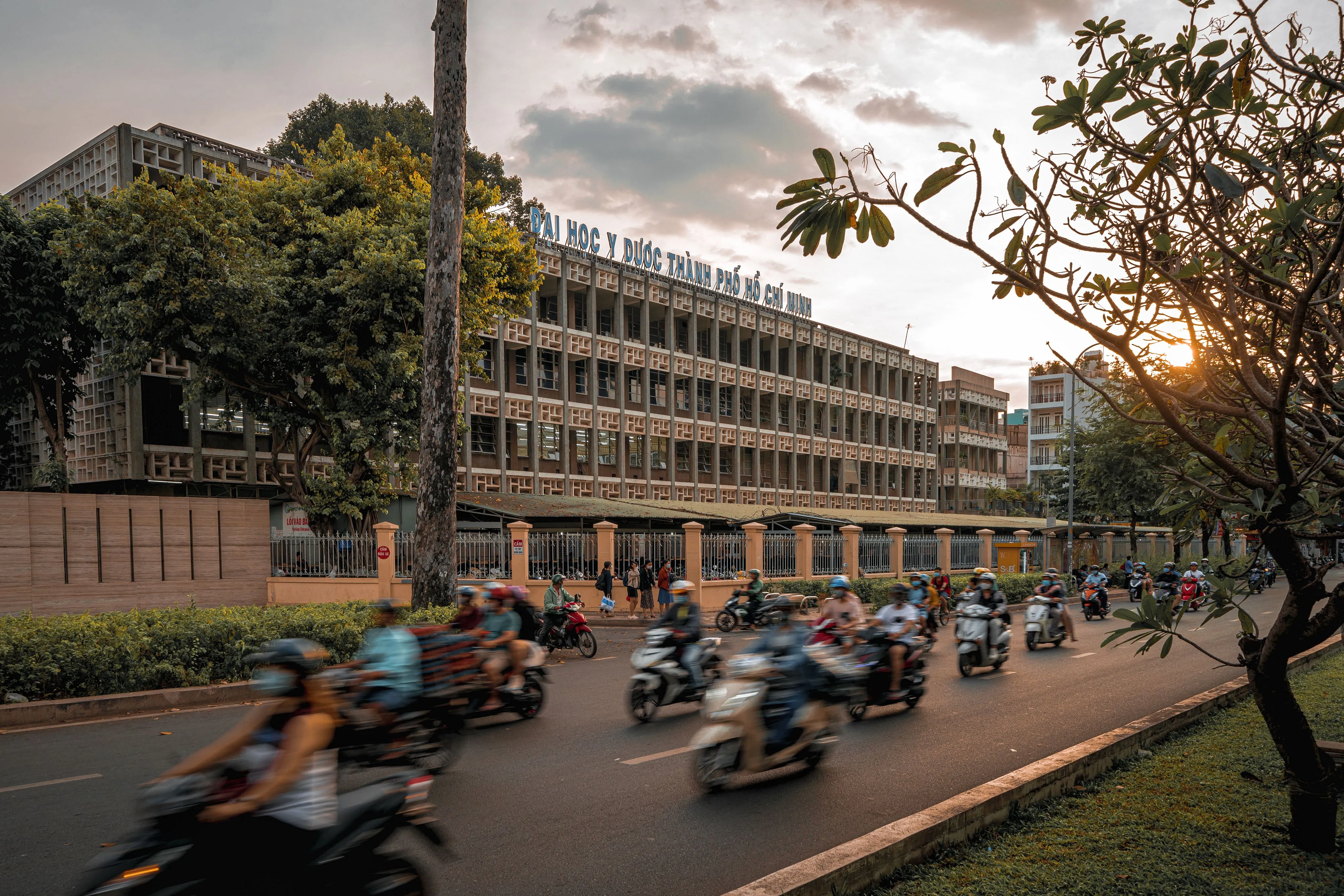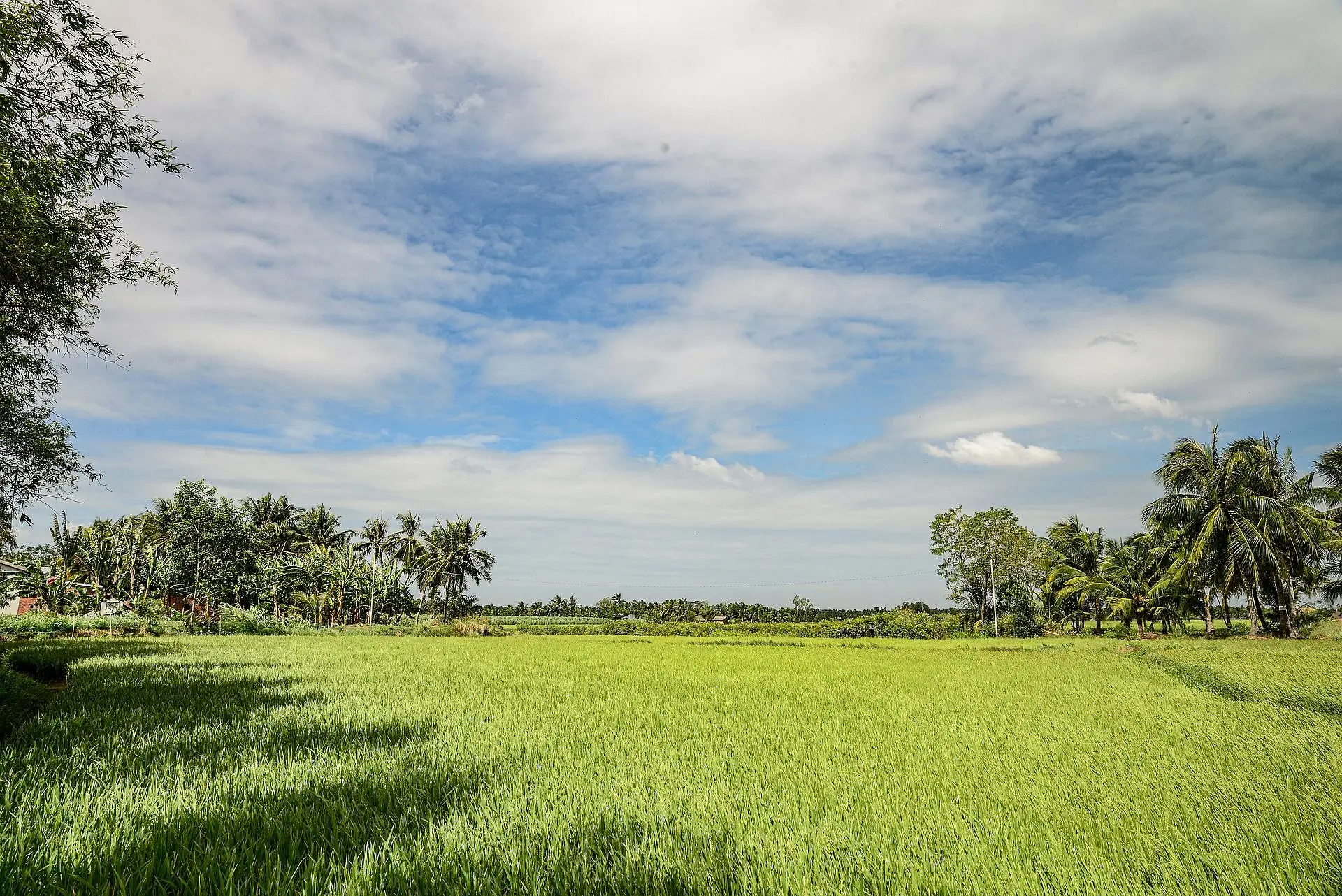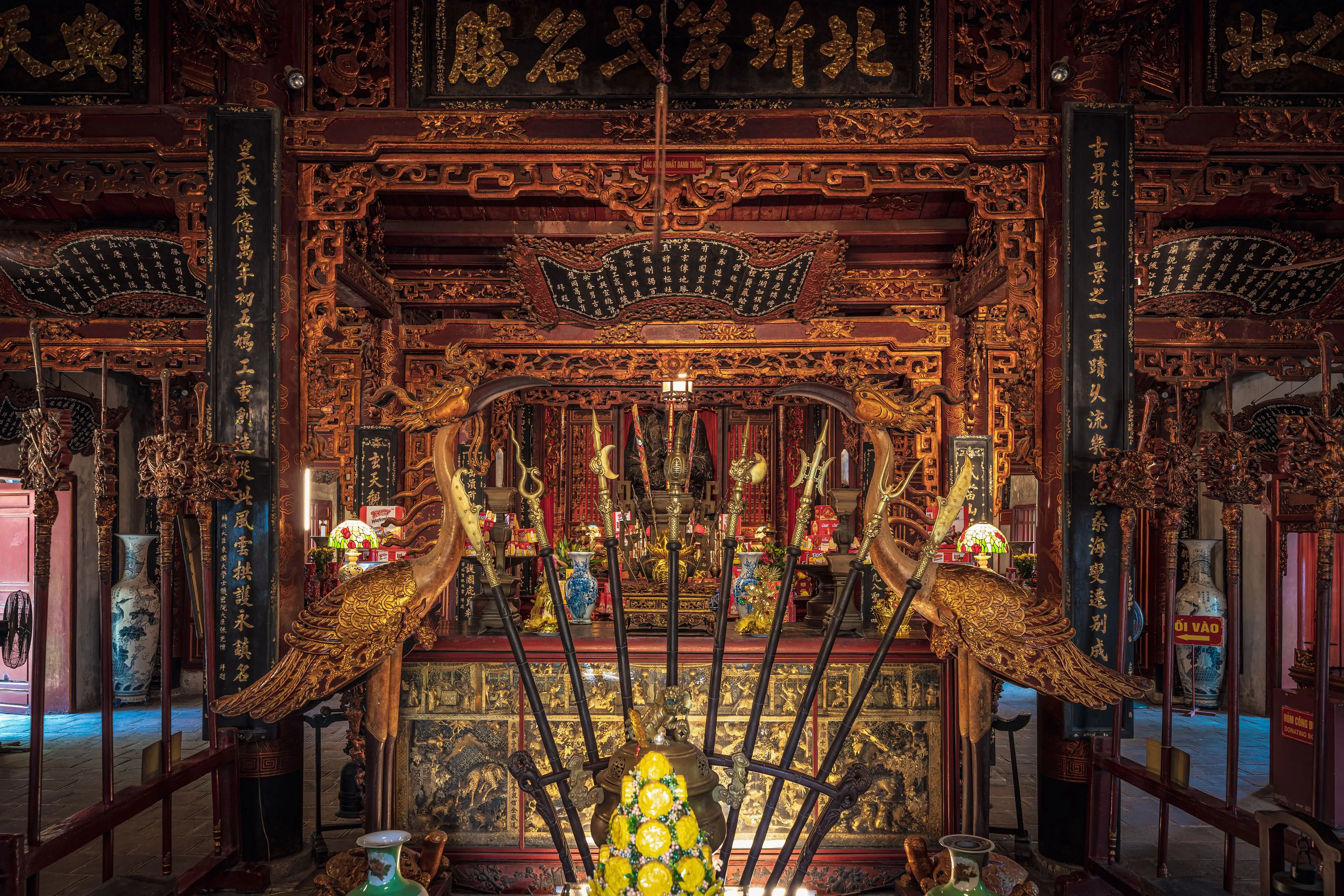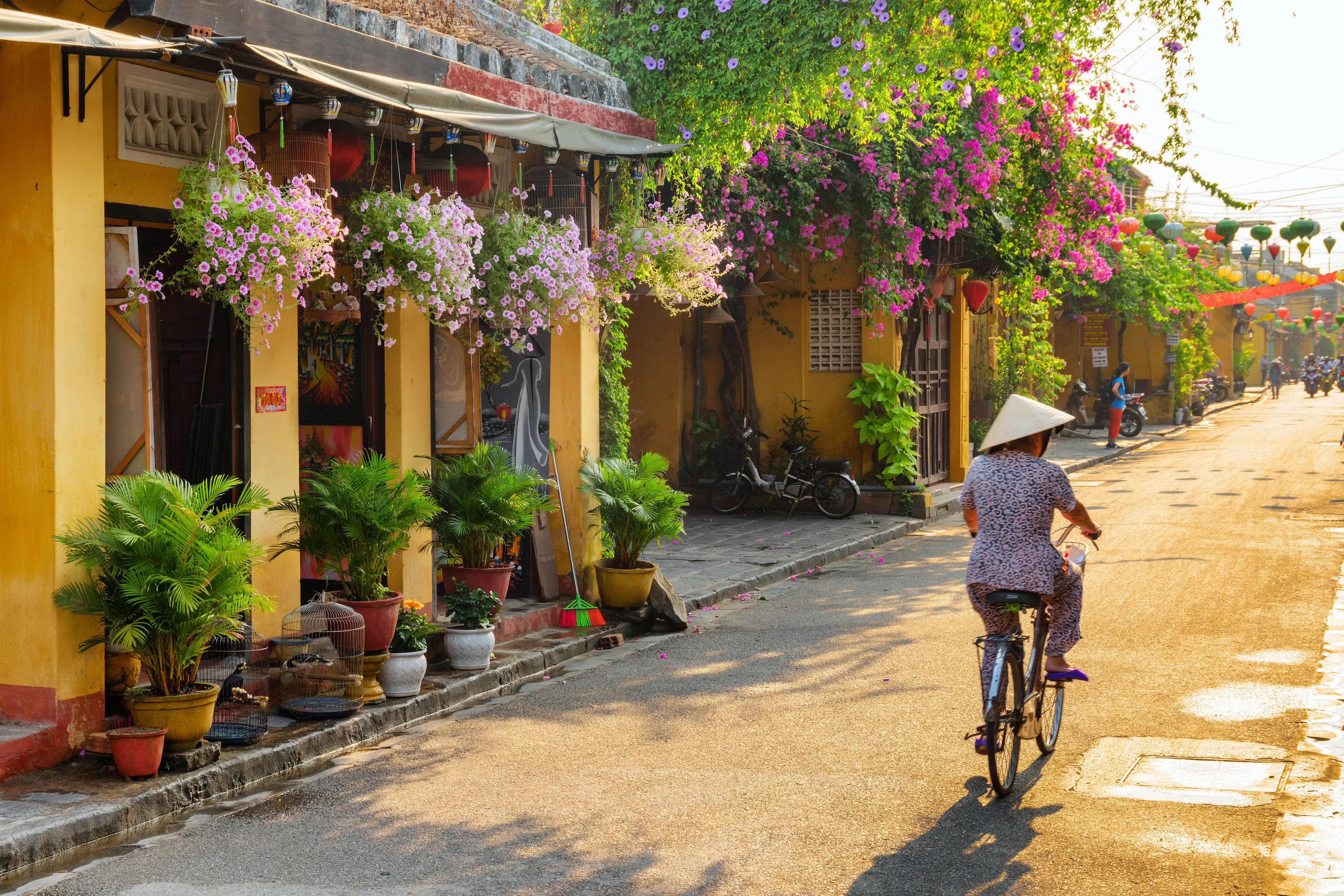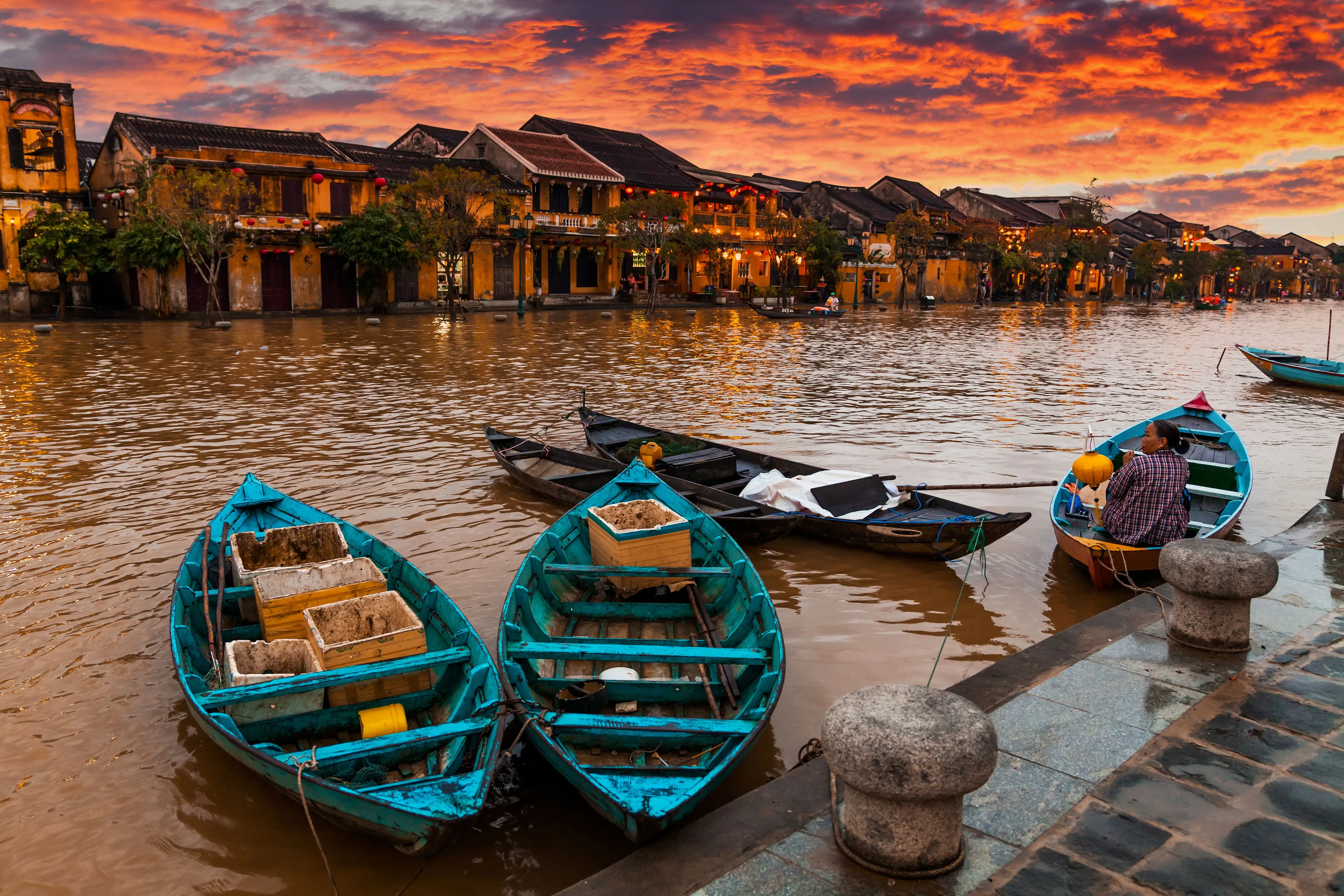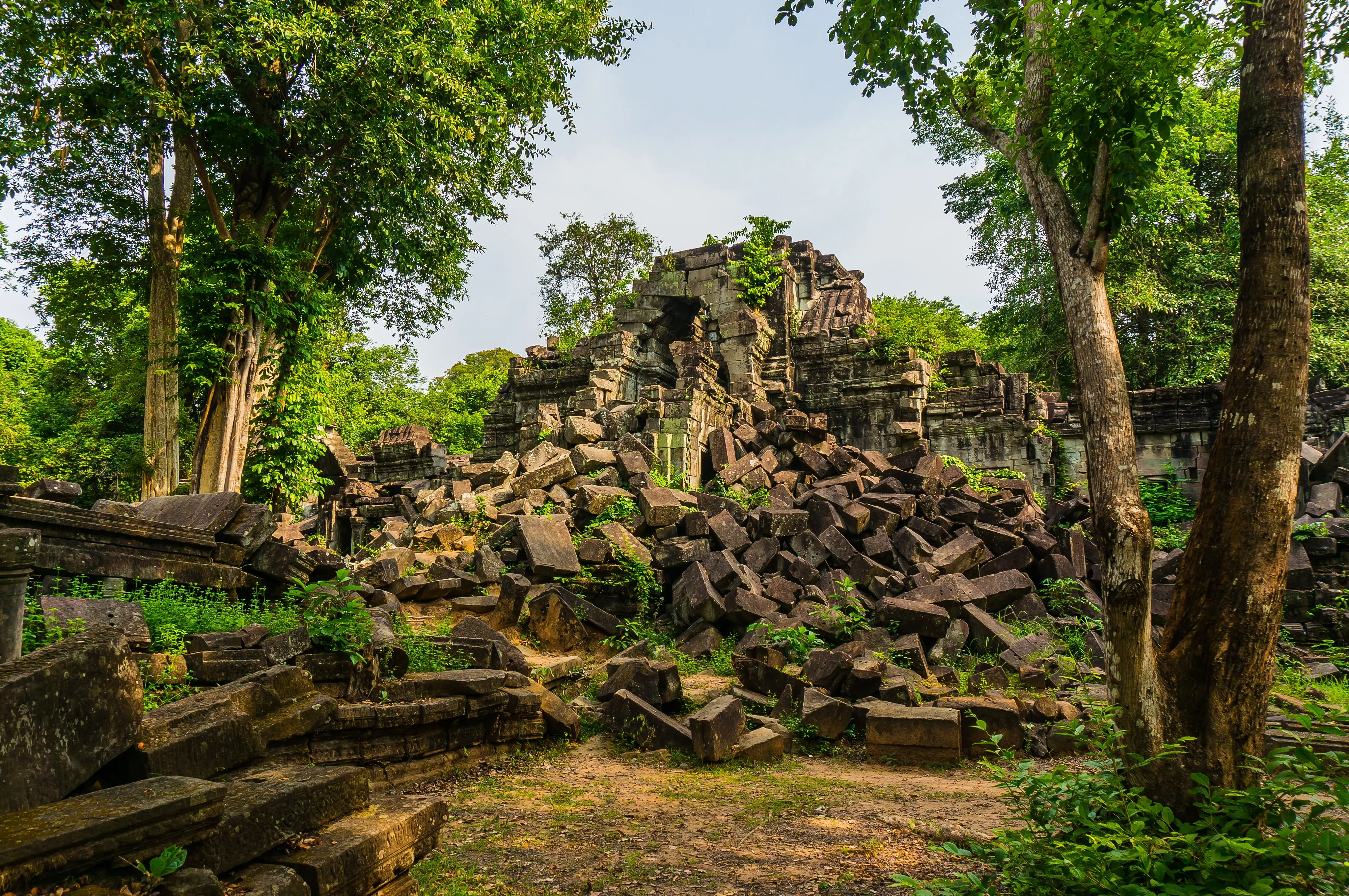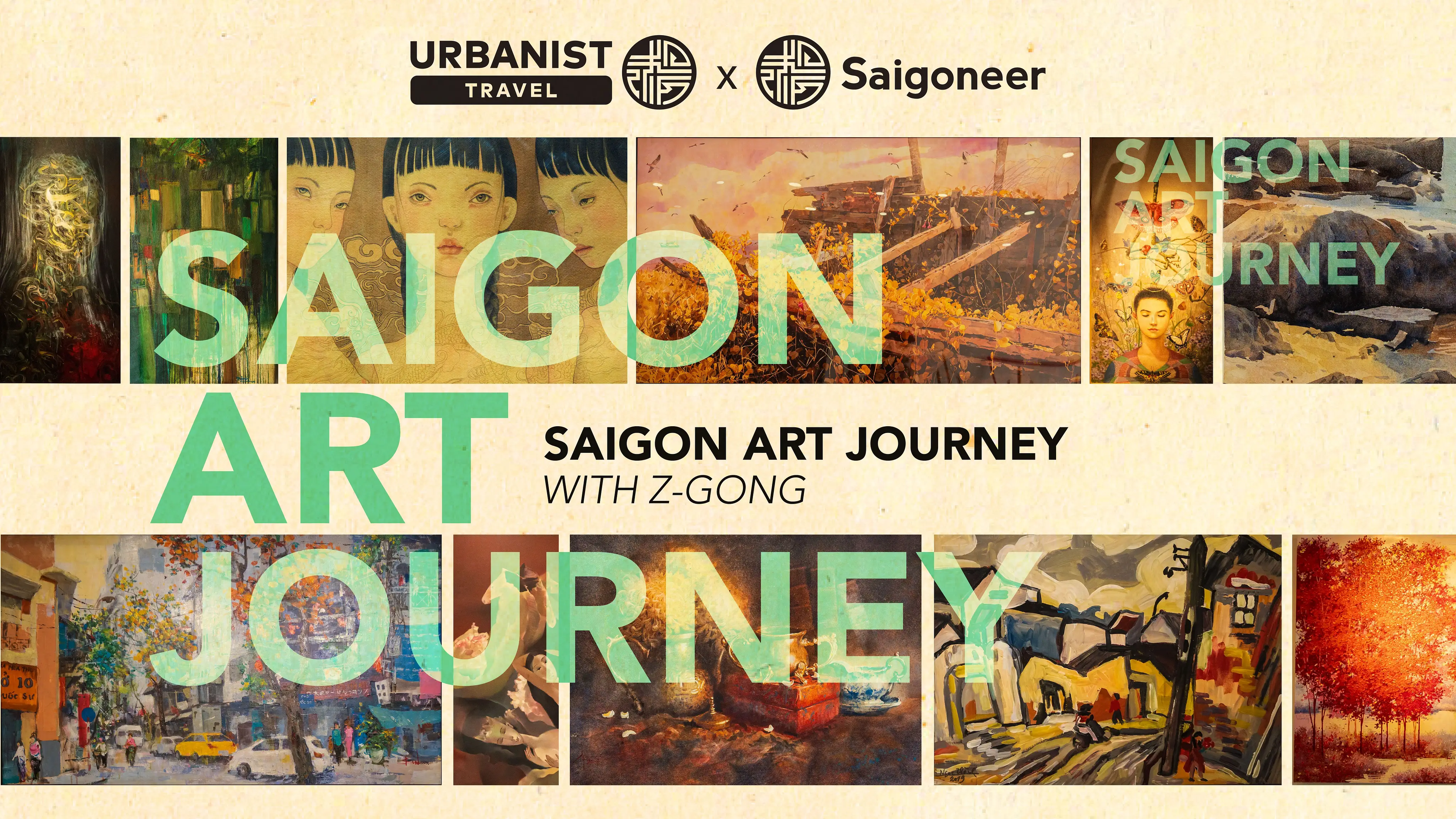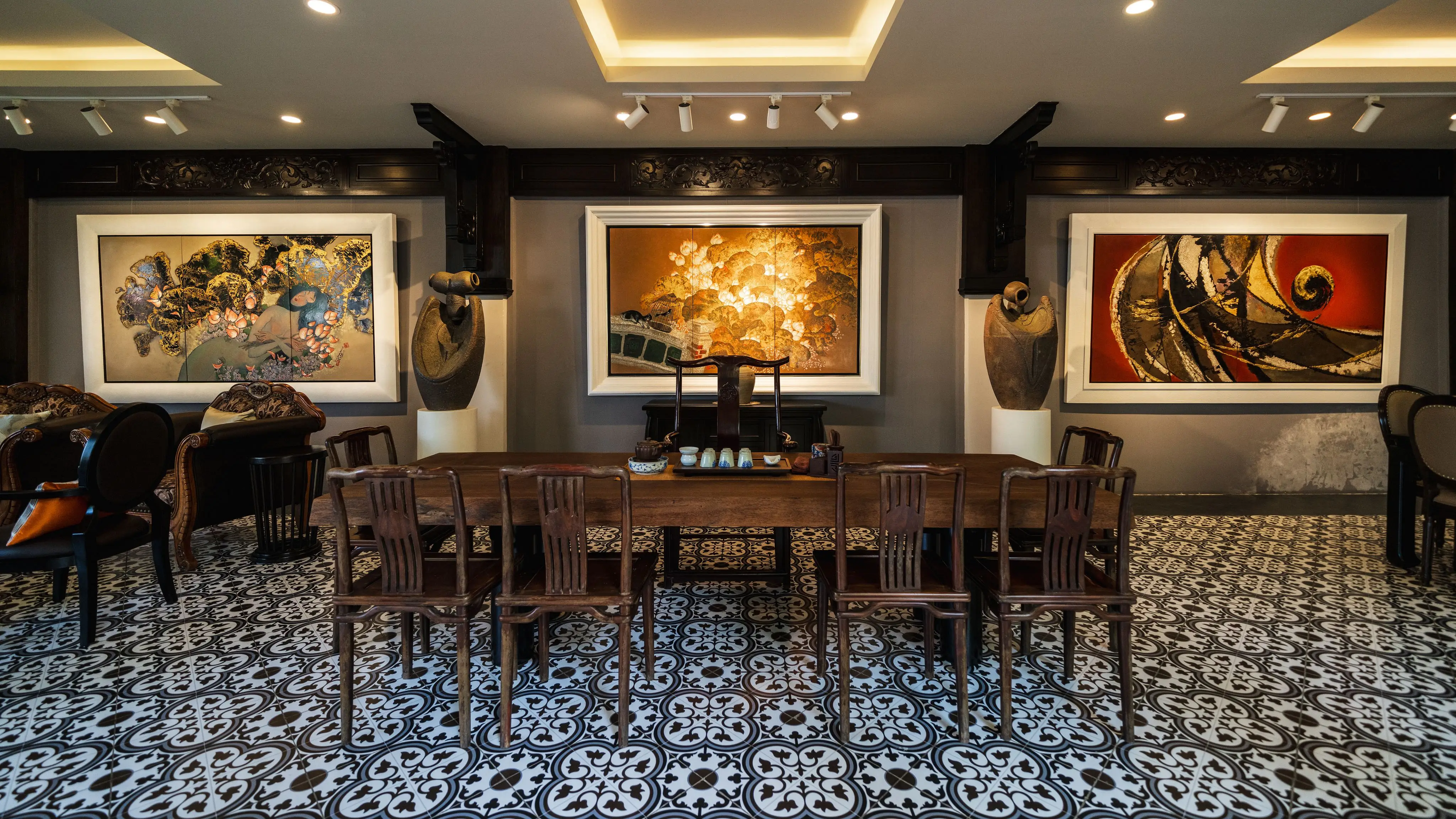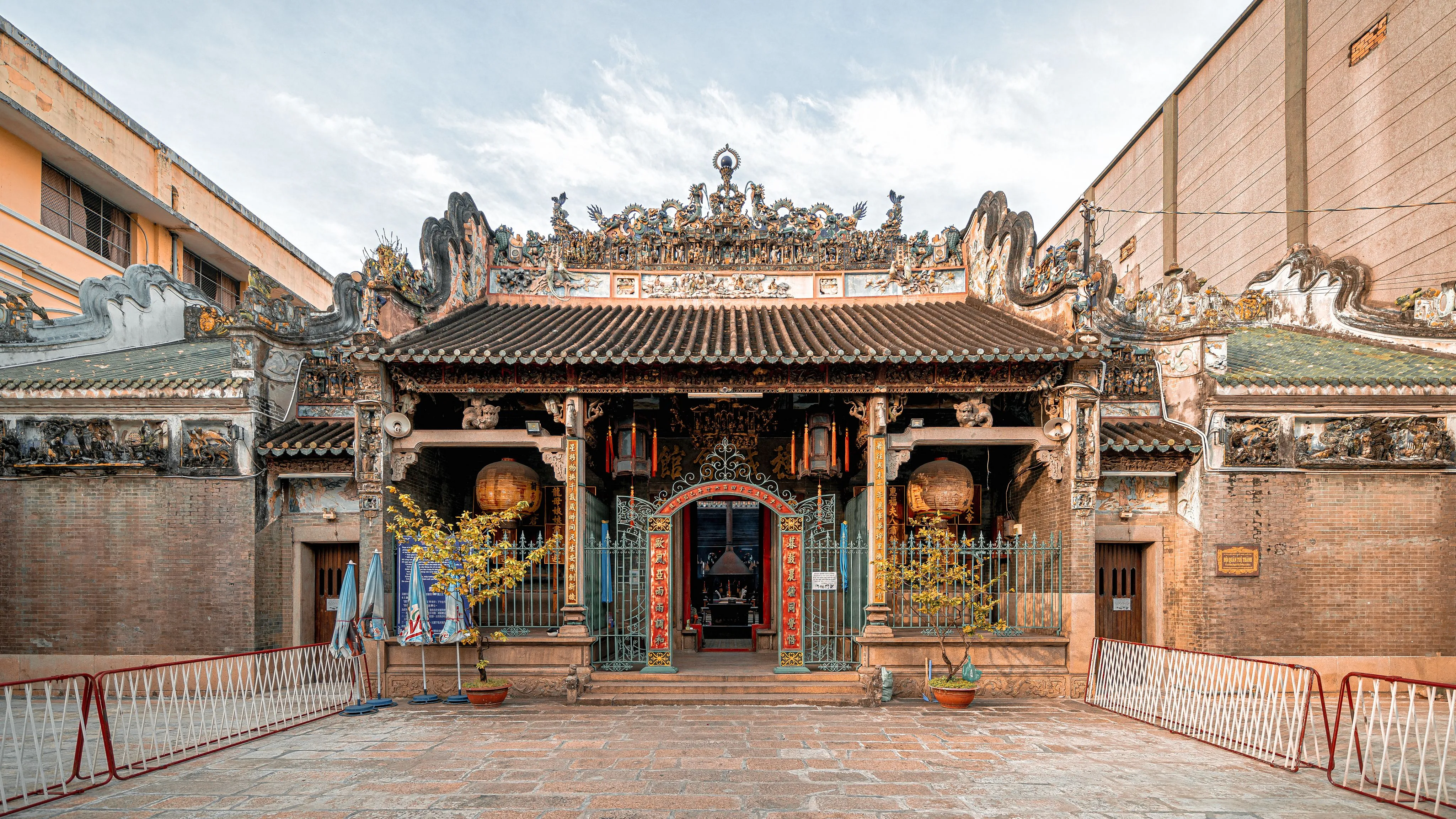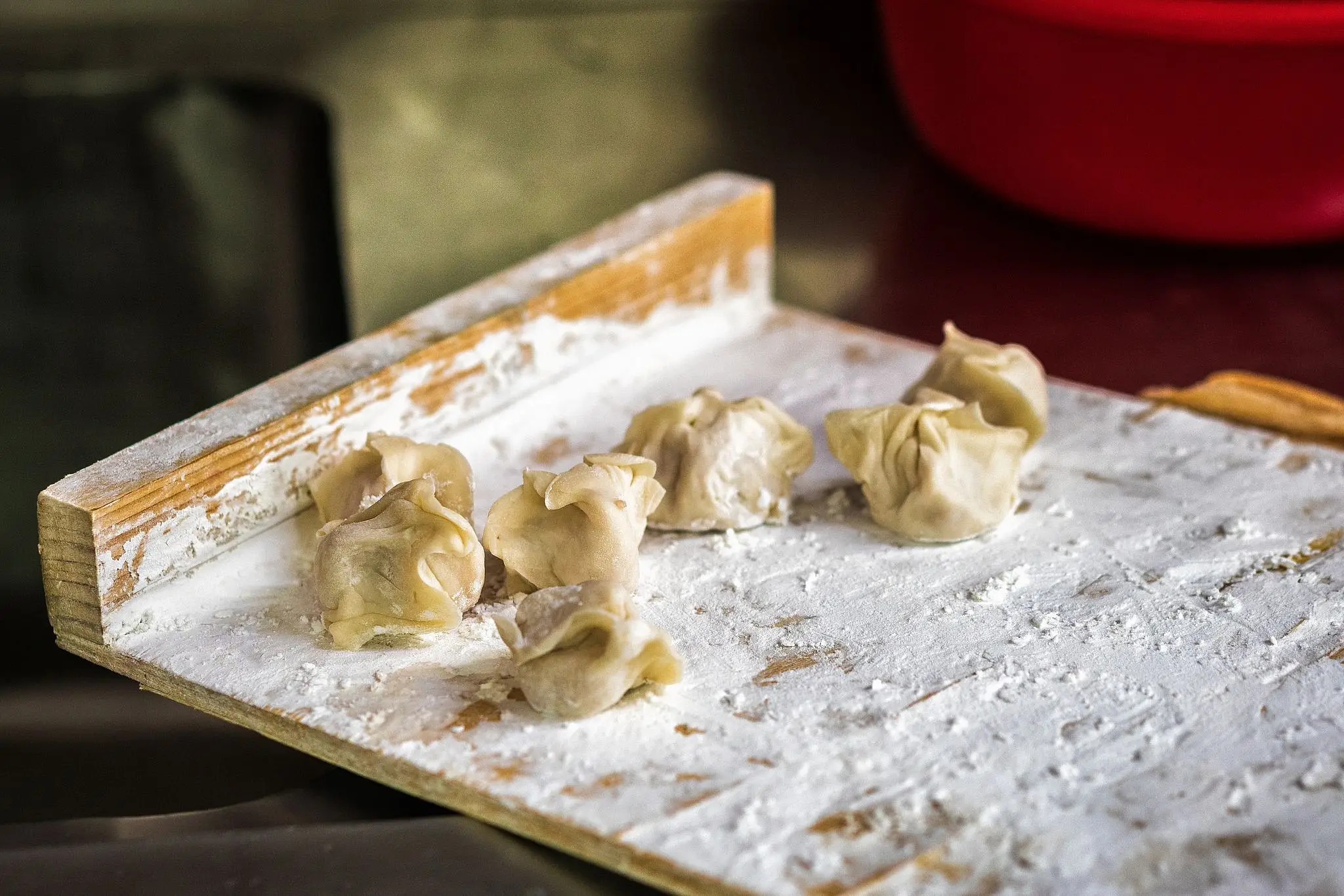From its rich history, which dates back to the 18th and 19th centuries as a major regional center of commerce and trade, to its delicious cuisine, bustling markets, and beautiful architecture, Saigon is a city that captivates and inspires visitors. Whether you're interested in exploring its vibrant street life, visiting historic sites, or simply indulging in the local culture, Saigon offers endless opportunities for adventure and discovery.
_x.webp)
Saigon
When the Nguyen lords of modern-day Hue began their annexation of the Mekong Delta in the 1620s, a remote Khmer village named Prey Nokor was occupied and transformed into the first major southern Vietnamese settlement. In the late 17th century, keen to develop the economy, the Nguyen also offered large tracts of southern land to renegade Ming dynasty supporters who had fled China following the establishment of the Qing.
At this time, nearby Cho Lon built new wharves and embankments to guard against flooding and invasion and as a consequence of this, the market and the town gradually became known by the new name 堤岸 – Dī Àn in Mandarin – meaning “embankment.”
Many historians believe that this name, spoken in the Cantonese dialect, evolved into the local form “Tai Ngon,” which was then written on several 19th-century maps as “Saigon.” In 1859, the French appropriated this name and used it to describe their new administrative capital.
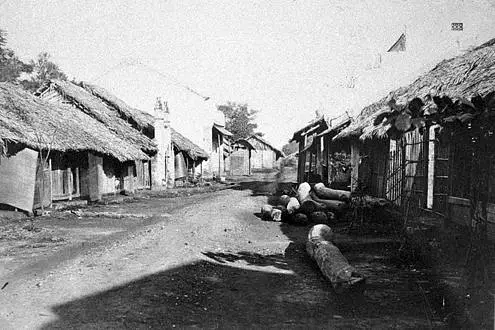
In the period before French occupation, Saigon and Cho Lon became centers of commerce and industry and important stopovers for merchants traveling between China, India, and other Southeast Asian countries. The city was also known for its skilled craftsmen, who produced a variety of goods, including silk and cotton fabrics, porcelain, and other ceramics.
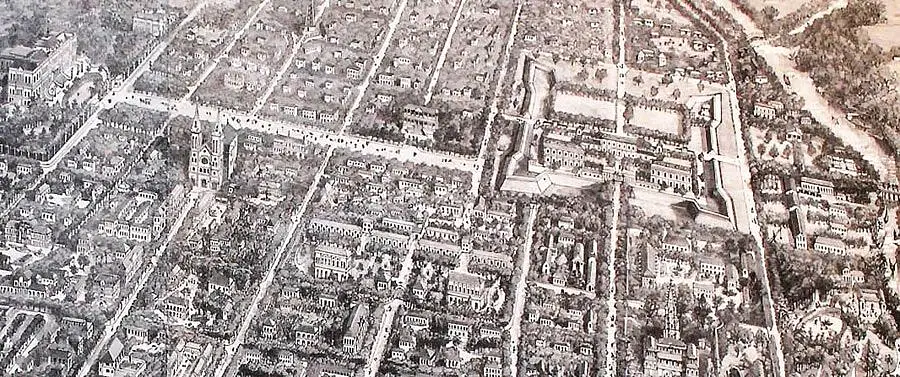
Saigon featured the hulking Gia Dinh citadel which was built by 30,000 laborers to act as a temporary royal capital during the Tay Son rebellion. Following the conquest of 1859, the French razed it to the ground, signaling Vietnam’s official absorption into the French Empire, ushering in nearly a century of rapid urban development that would see Saigon become one of the region's premier centers of trade and source of revenue for its occupiers.
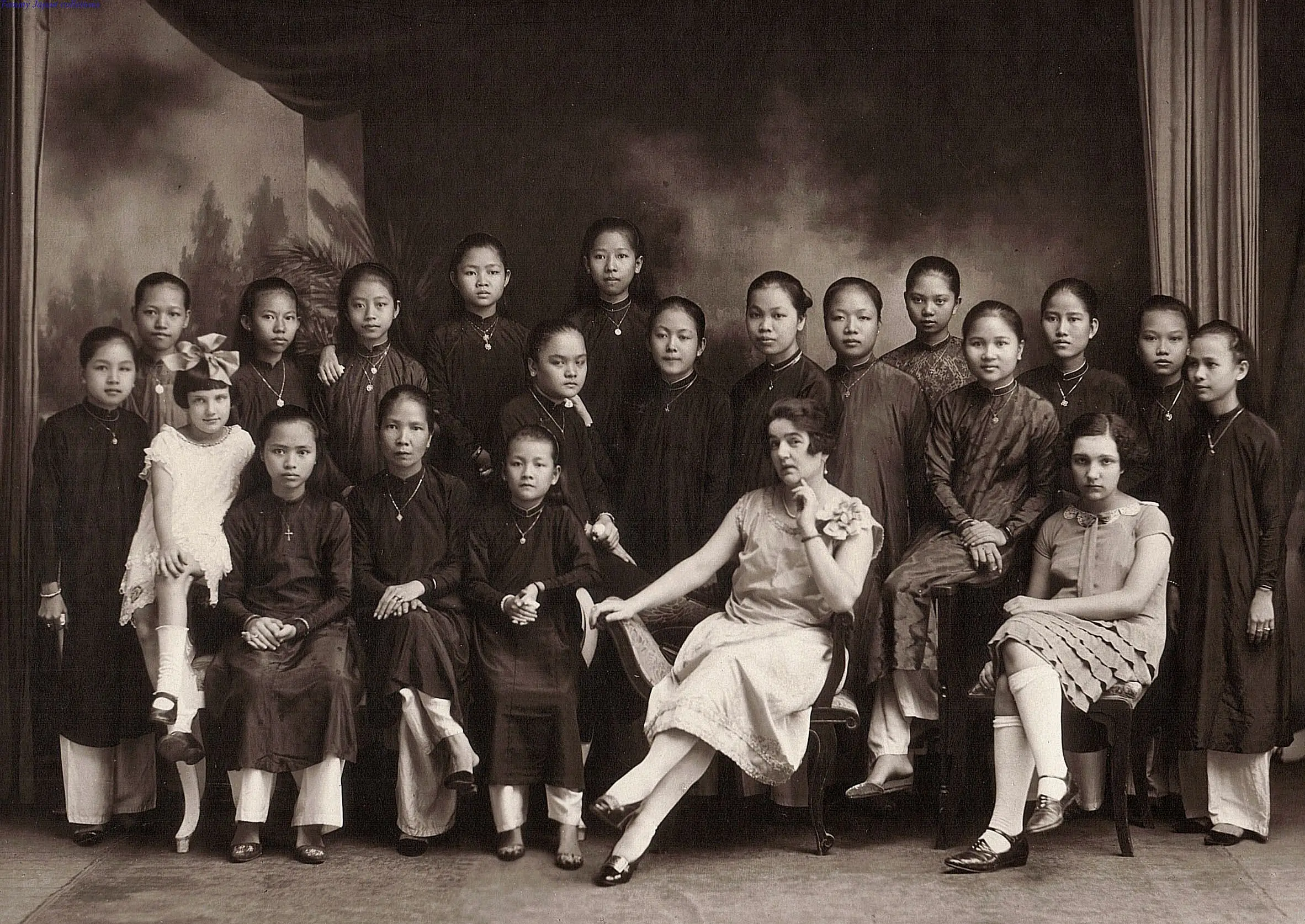
This development would continue until World War 2 when the Japanese occupied Vietnam with the tacit support of the Nazi-backed, puppet French Vichy government.
Following the re-establishment of French control following the War and until the signing of the 1954 Geneva Accords, the city was heavily influenced by the West. The city became known for its fashion and colonial and modernist architecture.
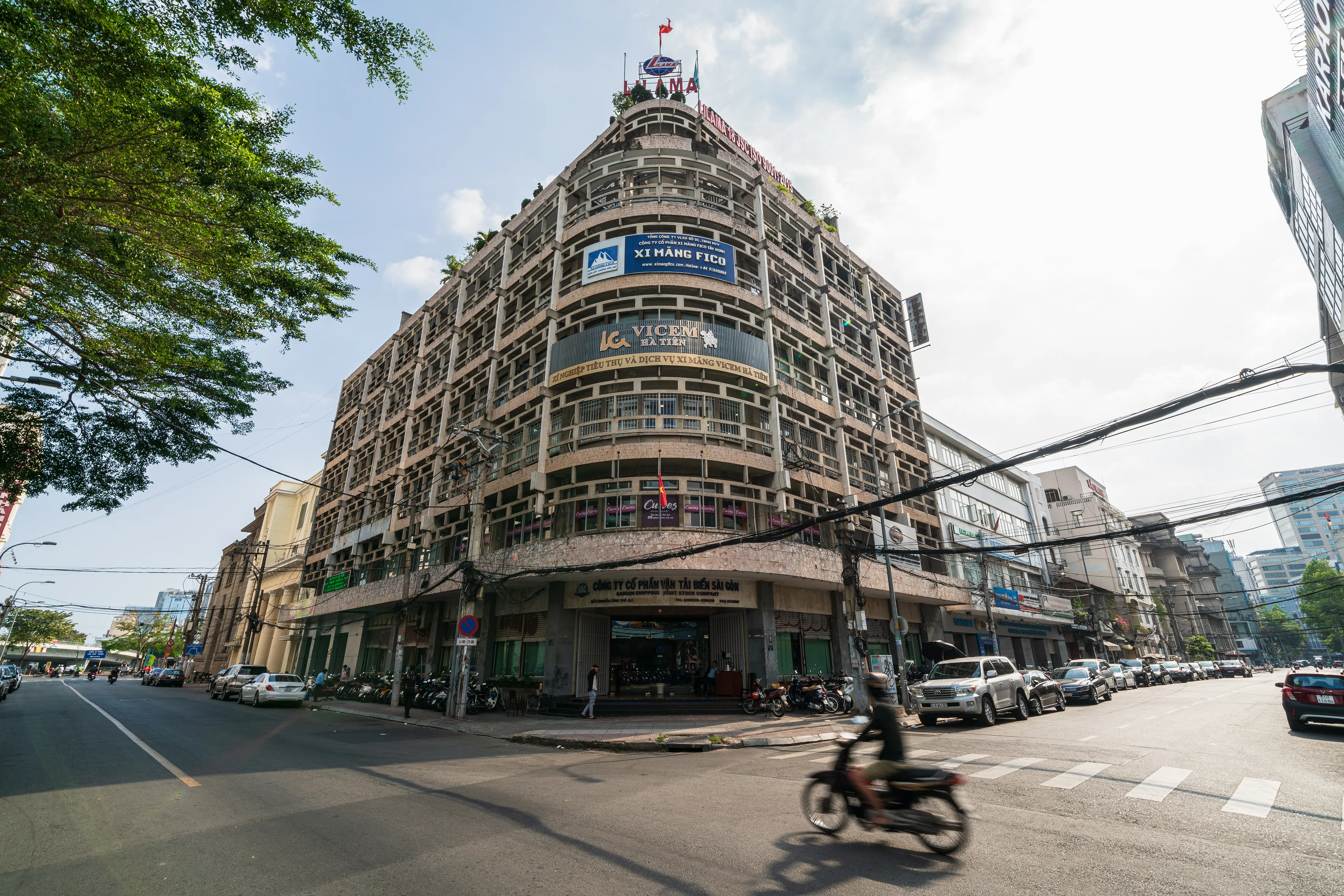
Following Reunification in 1976, the city, like most of the country became economically stagnant until the Doi Moi economic reforms of the 1980s that slowly but surely allowed the city to re-establish its economic power.
Located in southern Vietnam, Sauigon is situated on the banks of the Saigon River, which flows into the ocean. The city has a tropical climate, with hot and humid weather throughout the year, and experiences a rainy season from May to October and a dry season from December to April.
District 1
Located in the heart of Saigon, District 1 is a harmonious mix of old and new. Whether interested in exploring the long and varied history of the city or looking for recreational thrills, District 1 offers everything one seeks right at the doorstep of the many accommoations.
Cho Lon
Cho Lon was once its own city, long inhabited by Hoa (ethnic Chinese) who established an economic hub along the banks of the Saigon River over 200 years ago. There's a lot to explore in the area today, including delicious street food, unique architecture and local lifestyles.
